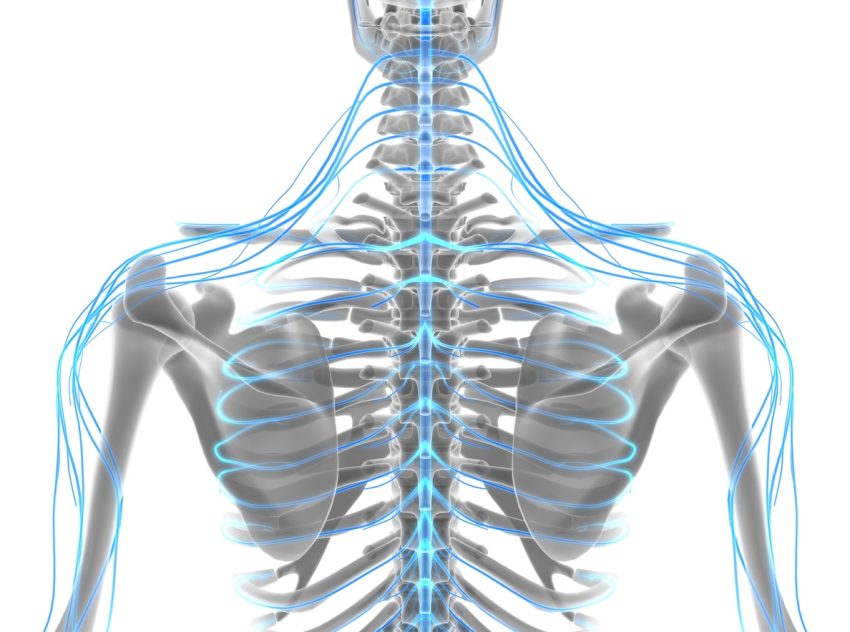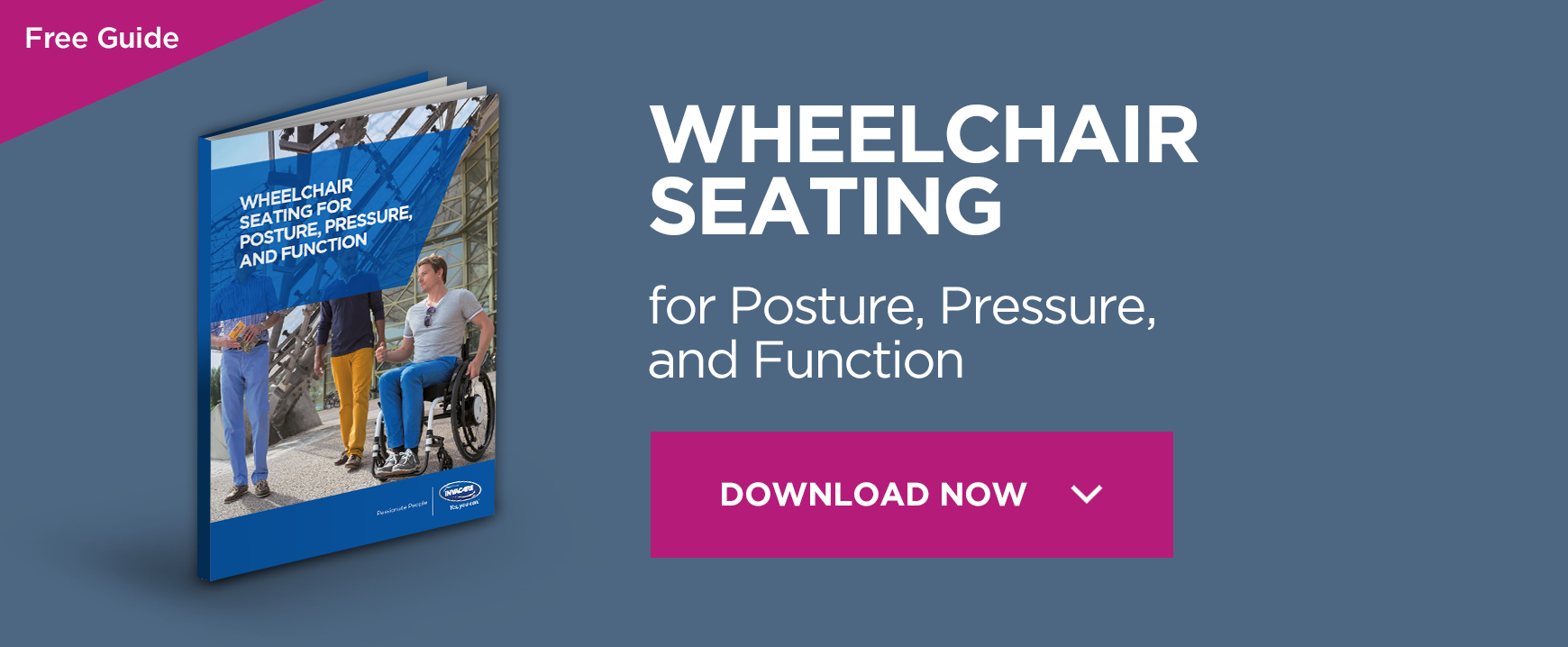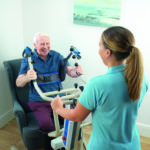The Spinal Cord: Three Types of Signals That It Sends

There are three types of signals that are carried from your body to your brain through your spinal cord. The three signals are:
- Sensory- signals that evoke feelings like temperature, touch, pain, and pressure
- Motor- signals that cause voluntary movements
- Reflex- signals that cause involuntary movements.
The different types of signals are sent out and received in different ways.
Spinal Cord Signals: Sensory
Sensory signals alert us to feelings both inside and outside the body. These feelings include temperature, touch, pain, and pressure. These signals tell us when we are hot or cold, injured or safe. The nerves in the body send signals along their pathway to the spinal cord, then to the brain. Once the signals reach your brain, your body registers the sensation, and you are able to feel it. Sensory signals travel so fast that it seems like you get the message instantaneously.
Another thing that sensory signals do is they tell your brain what your body position is in space. That means it tells you if you are standing, sitting, leaning, etc. They also tell you where your body parts are in relation to the rest of your body. They are the reason you can reach out with your arm and move the right distance to grab something without going too far or coming up short.
Spinal Cord Signals: Motor
Motor signals cause voluntary movement. They tell your muscles to move when you want them to. The signals also tell your muscles specifically when and how to move. These signals are not like sensory signals. These signals don’t begin at the nerve endings; they begin inside the brain. From there, they travel through the spinal cord, out to the spinal nerves, and then on to the parts of the body.
These signals also occur so quickly that you feel like your body gets the message instantaneously. In fact, you don’t even realize you are consciously choosing to send the message to your body to move. An example of this would be when you reach out to hug someone.
Spinal Cord Signals: Reflex
Reflex signals cause involuntary movements. This means that the movement was not conscious. You did not decide to make it. A muscle spasm is a good example of this type of movement. Reflex signals that cause movement do not come from your brain.
A reflex signal comes from the nerves in your body, like sensory signals, but instead of going to your brain, they stop at the spinal cord. Once they reach the spinal cord, they loop through and go straight back to the body part they came from. Reflex signals are designed to protect your body. This is why they happen so quickly. They do not have to wait to reach the brain and then wait for the brain to choose a reaction.
Reflex signals are initiated when the nerves in a muscle are irritated by being stretched or pushed on. This triggers the nerves to send a message to the spinal cord. When the signal reaches the spinal cord, it goes back through at the same level it came in, returning to the muscle that initiated the signal. Once it gets back to the starting point, the signal causes the muscle to react by squeezing or contracting.
Spinal Cord Damage
When the spinal cord is damaged, it prevents these signals from being sent correctly. That is why a spinal cord injury causes loss of movement, sensation, and reflexes. The areas affected are the parts of the body that connects to the spinal cord at the level of the injury or lower. Some people have partial injury, where they still have nerves that are working below the injury, and some people have complete injury. Sometimes people even lose voluntary motion in a body part but still retain reflex motion.
Every injury is unique. It is good to talk to your doctor about your function to determine what types of signals your body has the capability of sending and receiving. Then you can work to optimize your movement to the best of your ability.
Author: Annie Beth Donahue is a professional writer with a health and disability focus.







